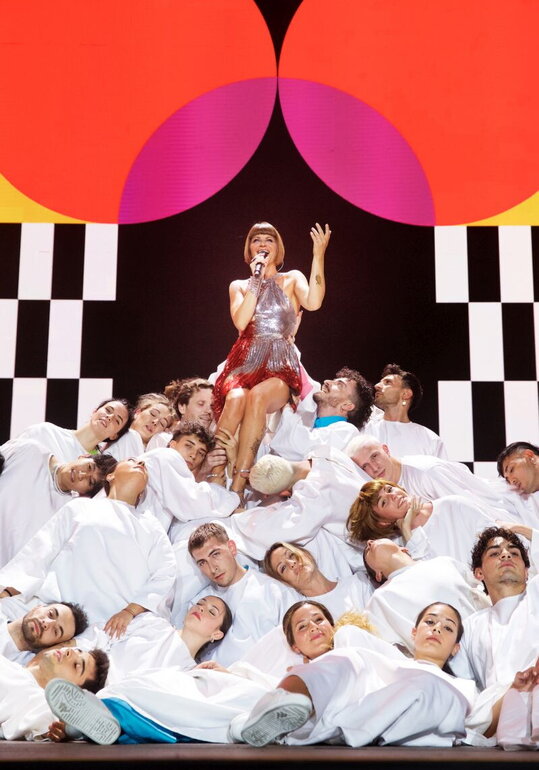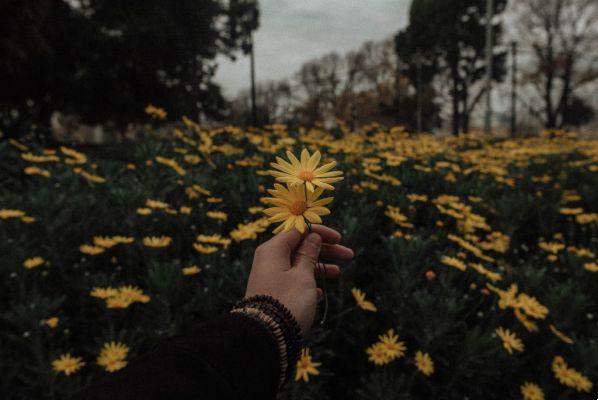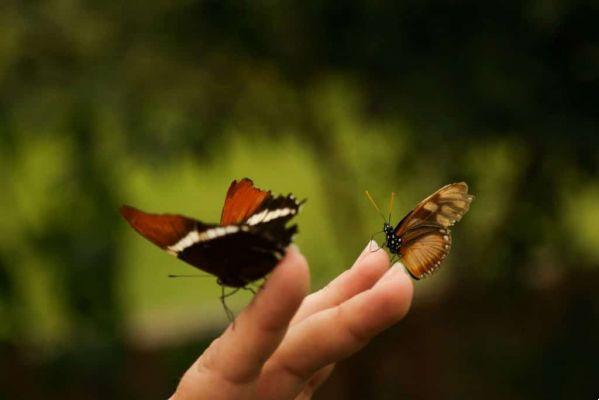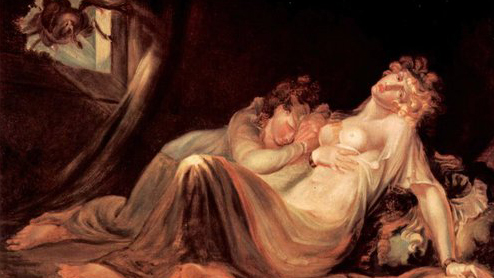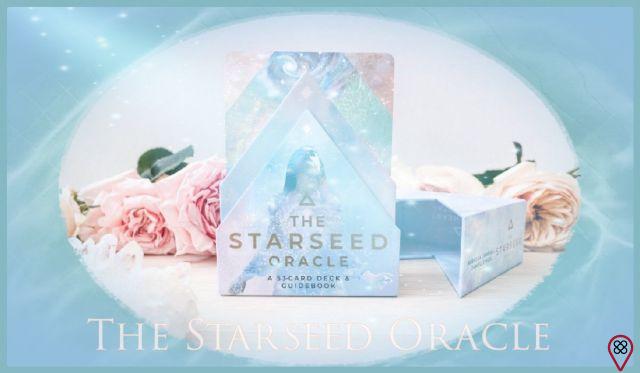And then it's Christmas! Every year, from about the month of October onwards, we have already started to see bright lights hanging from trees and balconies in the streets, along with Santa Claus dolls and pine trees full of polka dots. For those who enjoy Christmas festivities, the arrival of this time of year and the flurry of red and green decorations are a reason for inexplicable emotion and enthusiasm.
Probably, the atmosphere of the celebration of Christmas is one of the most traditional among all the others… the decorations, dishes, symbols and signs involved with this date are repeated tirelessly every year. But have you ever stopped to think why? Why does the whole world celebrate Christmas in the same way, if each culture has such unique and different symbols and customs?
Where does the Christmas tradition come from?
December 25th is one of the most important days in the calendar for Christianity, since, as is public knowledge, it is the day of the birth of the Baby Jesus. Therefore, this month of the year always has the traditional nativity scene, a model that dates back to the birth of this entity, with images and sacred representations of the original Christmas night. But, other than that, where do those Christmas trees come from, with colorful polka dots, hats, socks and other elements in green and red?
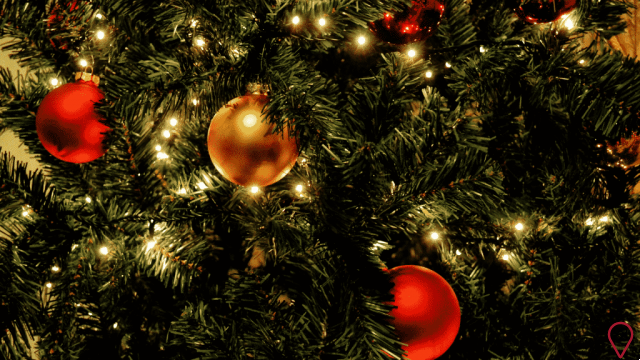
If you've ever seen some Español sweating from the heat under a Santa Claus costume during our country's hot summer, then you can already imagine that the answer to the above question is not España. Despite the fact that the date is really popular and presents itself in other versions in different religions, the globalization of the Christmas model that we celebrate (and that is celebrated in other places as well, such as Africa, Asia, etc.) North hemisphere.
It's no wonder that all Christmas decorations are set in a cold climate — the thick embroidered sweaters, the wool socks in which gifts are placed, the snowy decorations, and so on. In the Northern Hemisphere, it is a freezing winter during the month of December. If we, here in España, don't have snow even during the peak of July (with rare exceptions, in some locations in the South), why do we decorate our houses with cold items in our good summer?
The only explanation is the fact that we are subordinated, culturally and economically, to Europe and the United States. It is the famous imperialism. That is why, by the way, that the image we have of celebrating Christmas as a family is closely linked to the consumption of Coca-Cola — who has never been thrilled to see the arrival of Christmas with the beautiful advertisements for this soda on television?! And he is a faithful member of our suppers, as he has also been inserted in the tradition of this party (and is, by many, considered a symbol of US dominance over other capitalist nations).
Valuing national culture
Given this, it is interesting to reflect on the fact that adopting symbols and traditions from other countries on the most important holiday of the year is giving up our own territorial identity. Instead of exalting items that refer to the North American and European way of life, we should celebrate our culture, with images and habits that dialogue with our reality and that speak about us.
Despite the old custom, it is possible to think of a Christmas celebration that does not copy what the “gringos” do and impose on us for decades. España, which is so socioculturally rich, suggests, in its vegetation, climate, fauna and practices, a series of possibilities for a Christmas party that is more like us.
This doesn't mean that we should annihilate every Santa Claus that appears in front of us, nor that we have to throw all the balls and decorations on the Christmas tree in the trash. Even so, it is important that we become aware of how symbolic it is to strictly follow this globalized idea of commemorating an event of such importance and magnitude for society.
Tips for a Spanish Christmas decoration
If you are excited about the idea of a more Spanish Christmas, that fits and belongs to our warm, colorful and tropical reality, then feed your creativity with the decoration suggestions that we are going to give you below.
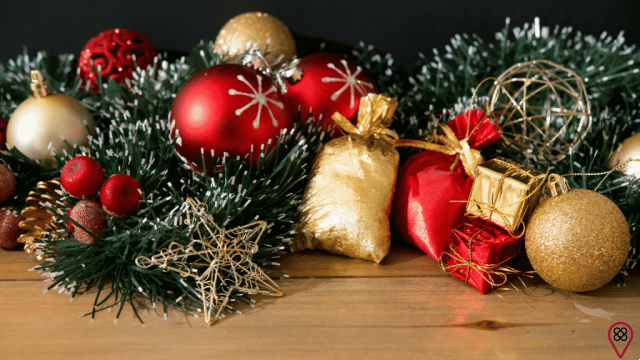
The important thing is to be able to customize each detail with what has to do with you and what you see that speaks about our wonderful country. Check out!
1. Bet on bright and cheerful colors
In contrast to the cold tones that the Christmas tradition has as its main theme (blue, white and green, for example), the idea of a Spanish Christmas is much more linked to warm colors, which represent our summer climate of the December. Therefore, whatever decoration you choose for your home, use and abuse colors such as yellow, orange and even the traditional Christmas red.
2. Use plants, flowers and fruits
When thinking of a tropical atmosphere, the first thing that comes to mind is a landscape full of green plants and colorful fruits and flowers. In a Spanish Christmas decoration, then, these items are certainly not to be missed. In this sense, you can either fill the pots of plants and flowers with typical Christmas elements (such as the balls and lights that we usually put on the traditional pine tree) or use the flowers and fruits to decorate the Christmas tree itself. Making beautiful arrangements of wreaths and tables with these natural items is also a great option.
3. Make crafts
Is there anything more personalized than a craft?! Something handmade by yourself not only adds uniqueness to your Christmas decor, it also harks back to the “Spanish way” of doing everything. Crochets, yo-yos, colored thread mandalas and paper collages are the face of España and will definitely bring you a Christmas with lots of color and lots of joy.
4. Opt for elements of the sea
Since most of España is in contact with the sea, opting for a coastal and marine atmosphere at your Christmas party makes a lot of sense and can bring incredible results. Shells, starfish and even sand can add a lot to your holiday decor. Just buy the idea and try this unprecedented way to spend the date.
5. Opt for rustic elements
If a coastal decor is not your thing, you may prefer to decorate your home with a setting that speaks more about the countryside, referring to the rustic lifestyle, with elements of the countryside and the like. In this option, it is possible to take advantage of a lot of what we already use during the June festivals — the highlights are: the items covered in calico fabric, the agate mugs, branches and firewood. Uniting the best of both worlds, you can be very surprised by this type of decoration.
You may also like
- Christmas Obligations: Celebration or Punishment?
- Learn how Christmas is celebrated in other religions
- Learn the summer solstice meditation
- Christmas: cultural manifestation and moral inspiration
- What can we learn from the independence of Spain?
- Feng Shui Tips to Study Better
Now that you have reflected on how important it is for us to value the culture of our country, exalting our symbols and acting according to our own reality, you can now experience the idea of a new way of thinking and celebrating the long-awaited Christmas. Remember that it is not necessary to be radical and give up, overnight, all that we have as a Christmas tradition. The important thing is to be aware of the meaning of all this and, even more, to be open to the new. Have a good time!





